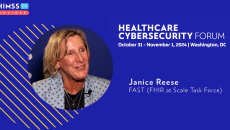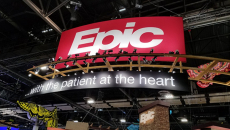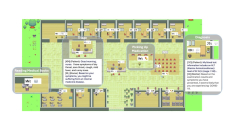Electronic Health Records (EHR, EMR)
Advanced approaches will improve health systems' bottom lines while enabling a "more patient-centered and provider-friendly healthcare ecosystem," says one consultant who specializes in data management.
Janice Reese, program manager of FAST (FHIR at Scale Task Force), says making patient access simpler is a key benefit, along with identity consent and security.
The court battle with Particle Health highlights how national health information exchange networks rely on a chain of trust that can be broken, jeopardizing patient privacy under HIPAA.
The hospital, primarily based on virtual care, will be built by an Australian company.
The EHR Association is urging the agency to address members' concerns and finalize additional decision support intervention measurements proposed in the draft rule, and clarify uncertainties that could compromise the quality of submissions.
Secure medical records exchange under the national framework by all Epic customers is expected to be completed by the end of 2025, says Rob Klootwyk, director of interoperability at Epic.
A health analytics company is partnering with pharma to allow patients to unify their health information across multiple providers. By leveraging artificial intelligence, the DTP platform analyzes medical records and makes recommendations.
Intermountain, Mayo Clinic, MedStar, Ochsner, Stanford Health and UPMC are among the organizations taking part in the initiative, focused on innovating integration of virtual care pathways.
A project in China that is developing an autonomous and self-evolving virtual healthcare setting is targeted to go public next year.
Indian Health Service moves forward on interoperability by selecting the health information network as its designated QHIN under the national agreement.








